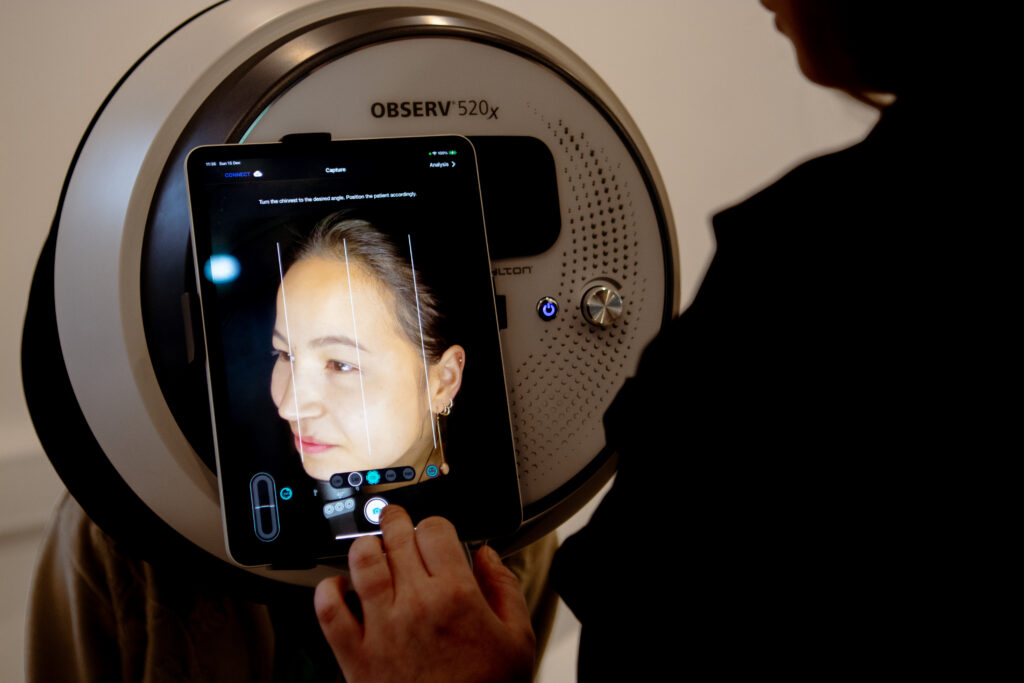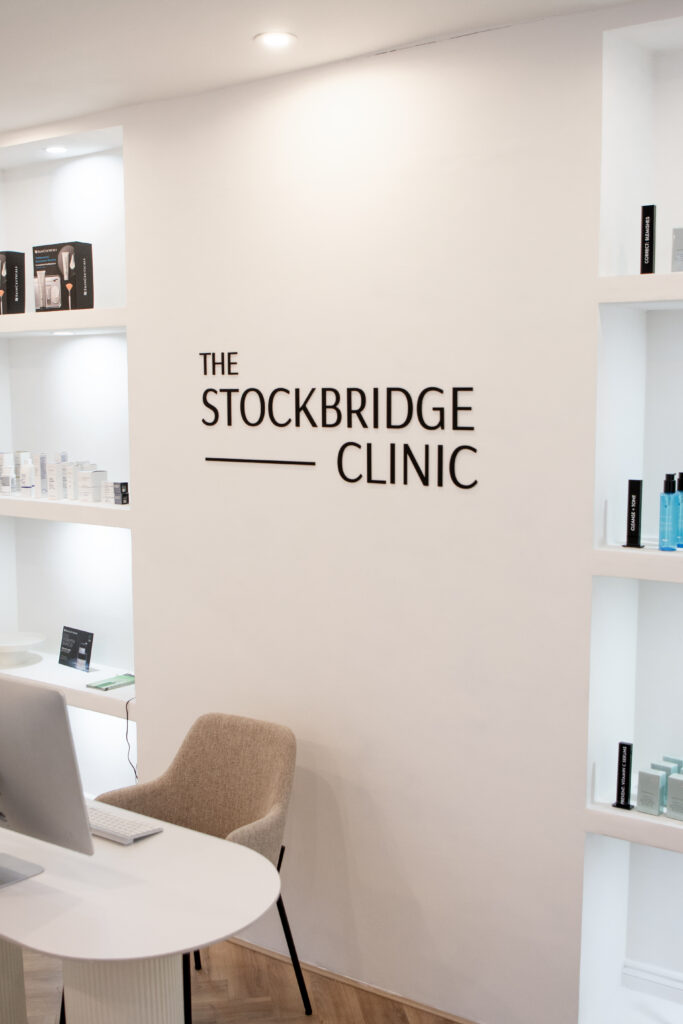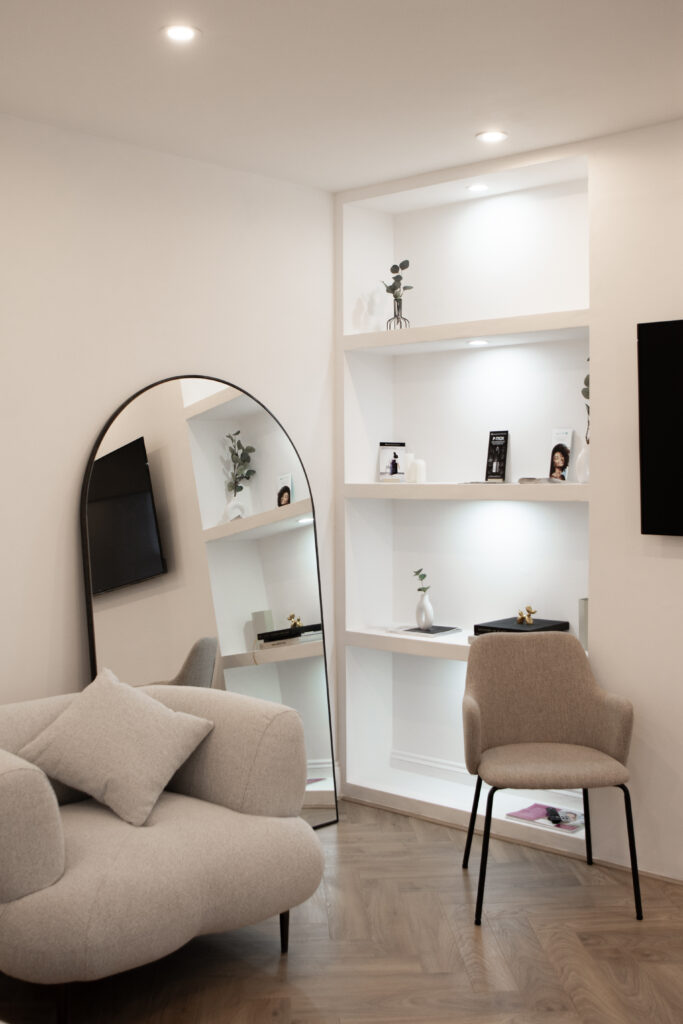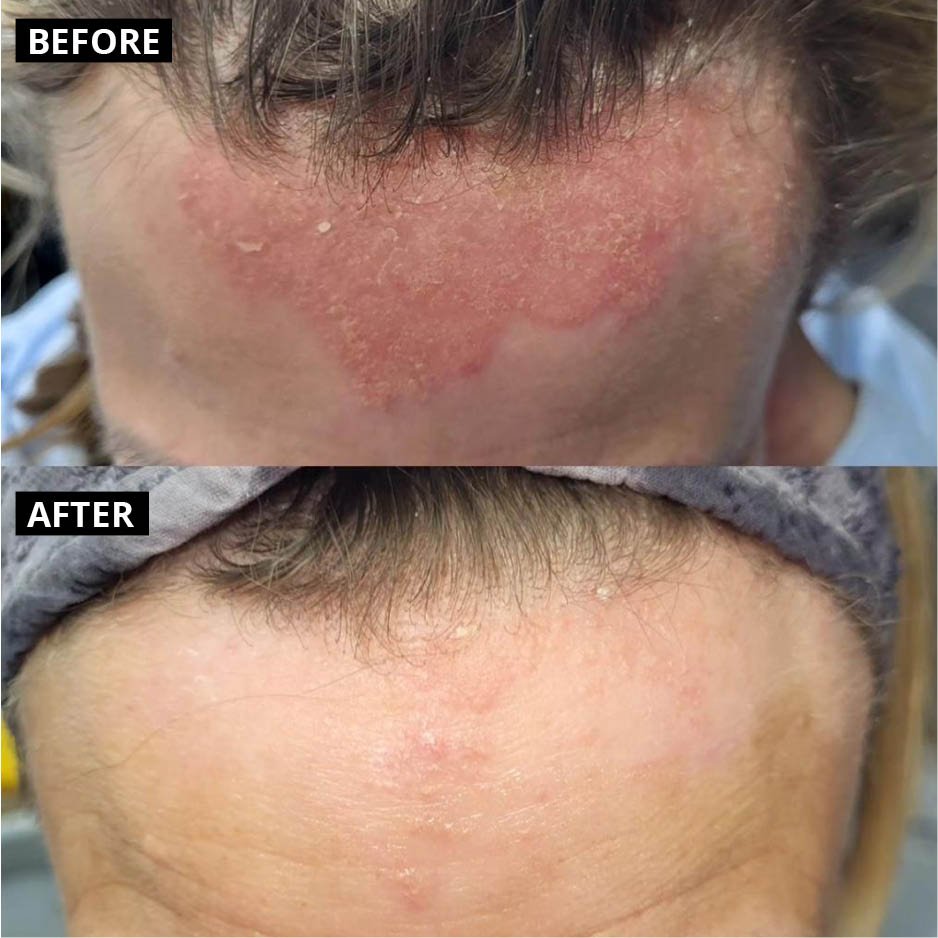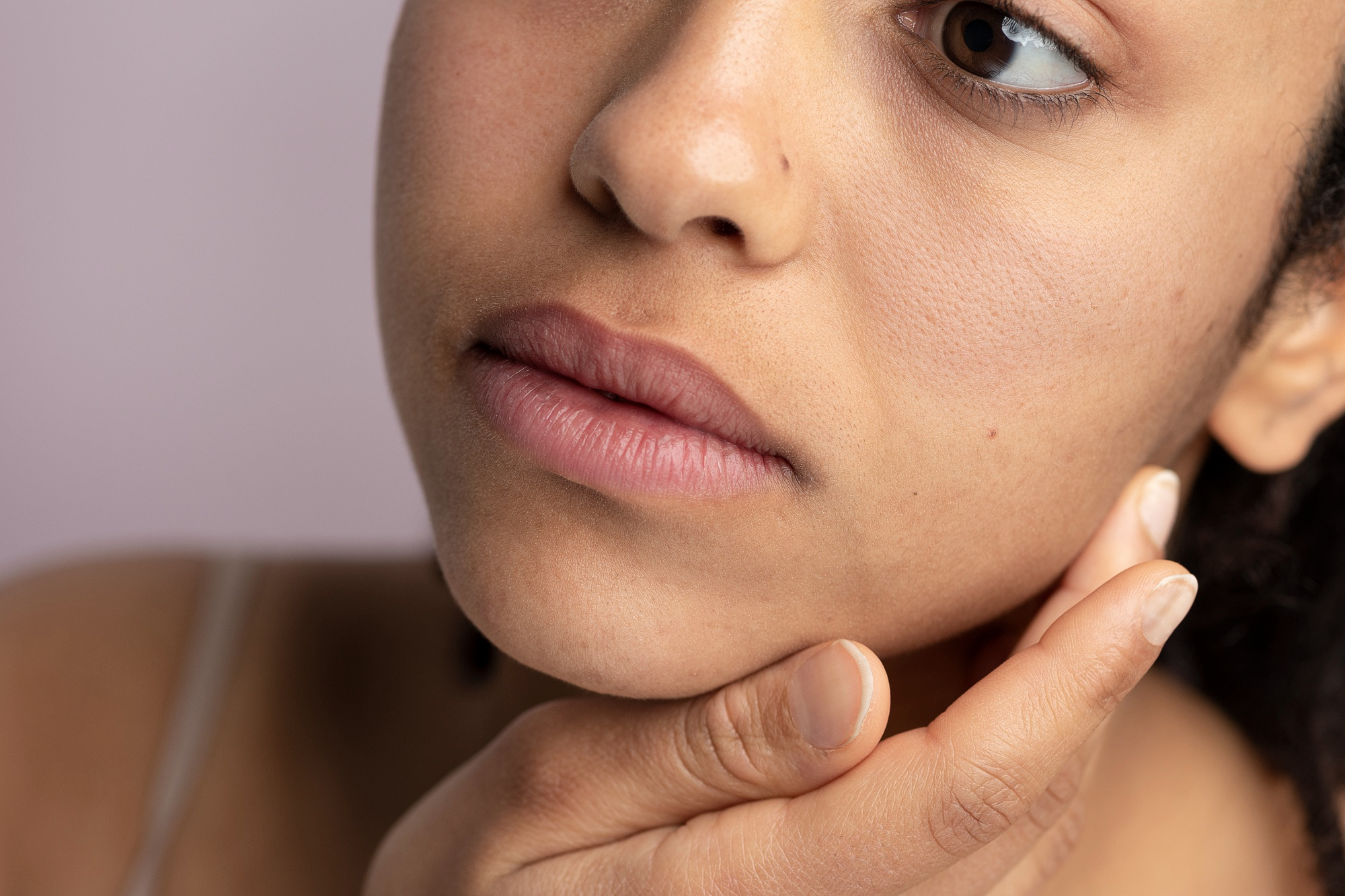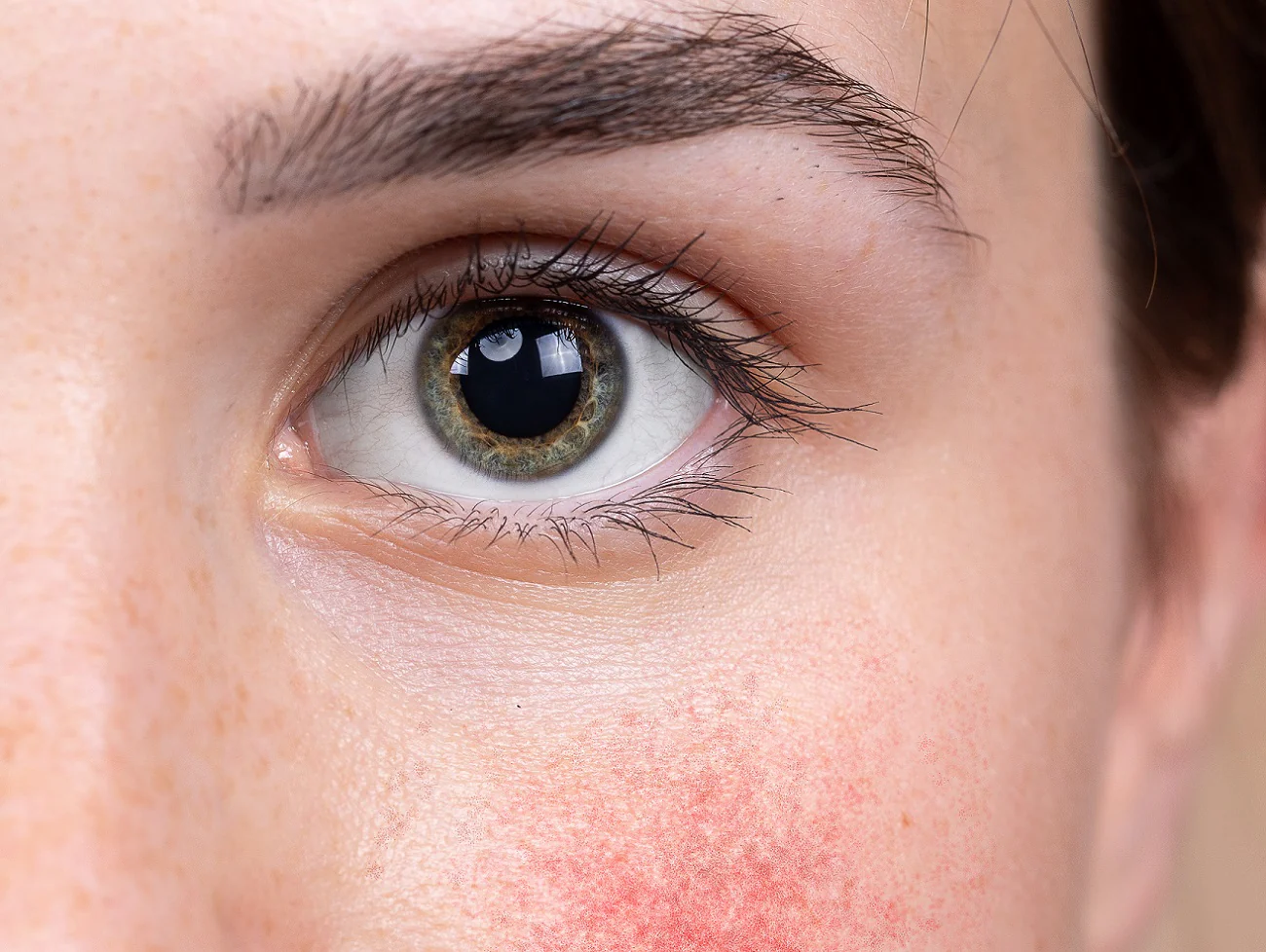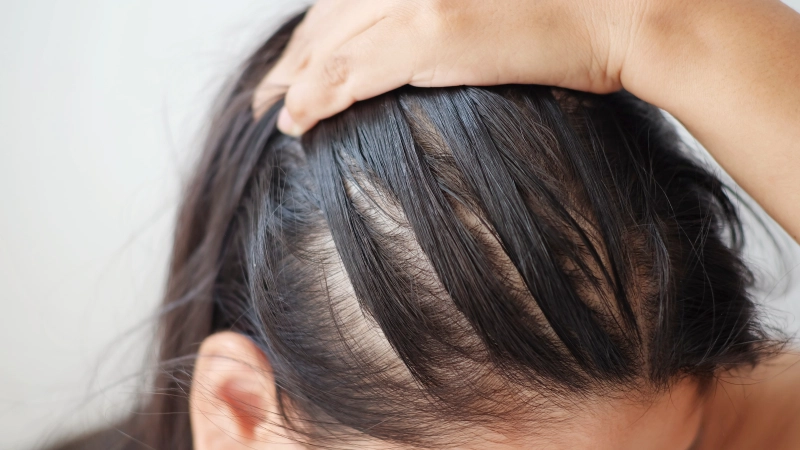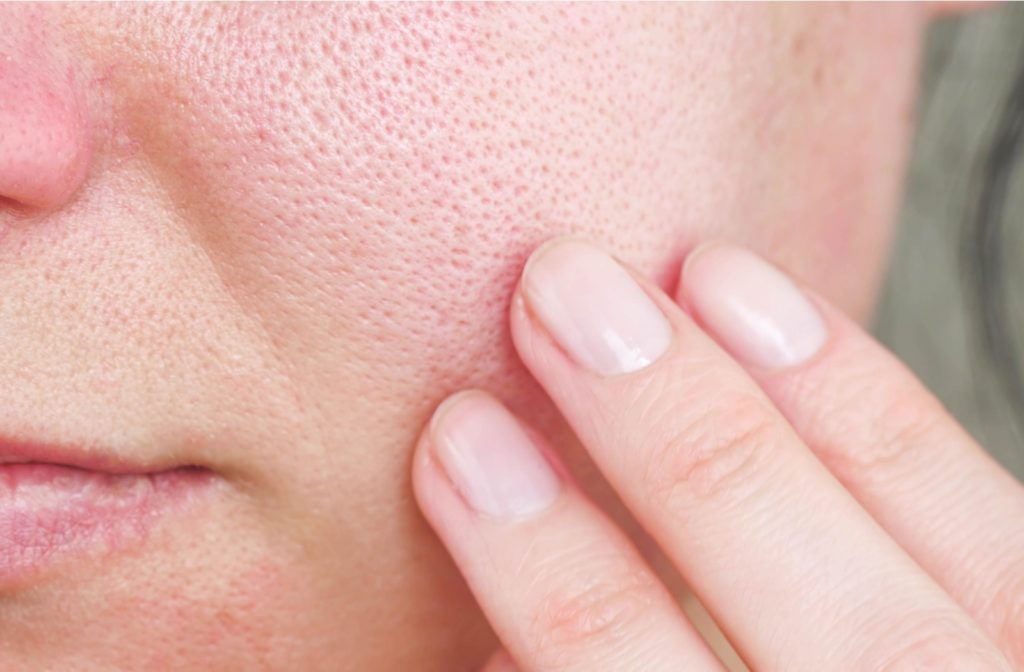
Pigmentation & Age Spots
Pigment and age spots, also known as sunspots or liver spots, are darkened areas of skin that typically appear with age. They are caused by an increase in melanin production, often triggered by prolonged sun exposure over the years. UV radiation damages skin cells, leading to uneven pigmentation and the formation of spots, usually on areas frequently exposed to the sun, like the face, hands, and shoulders.
